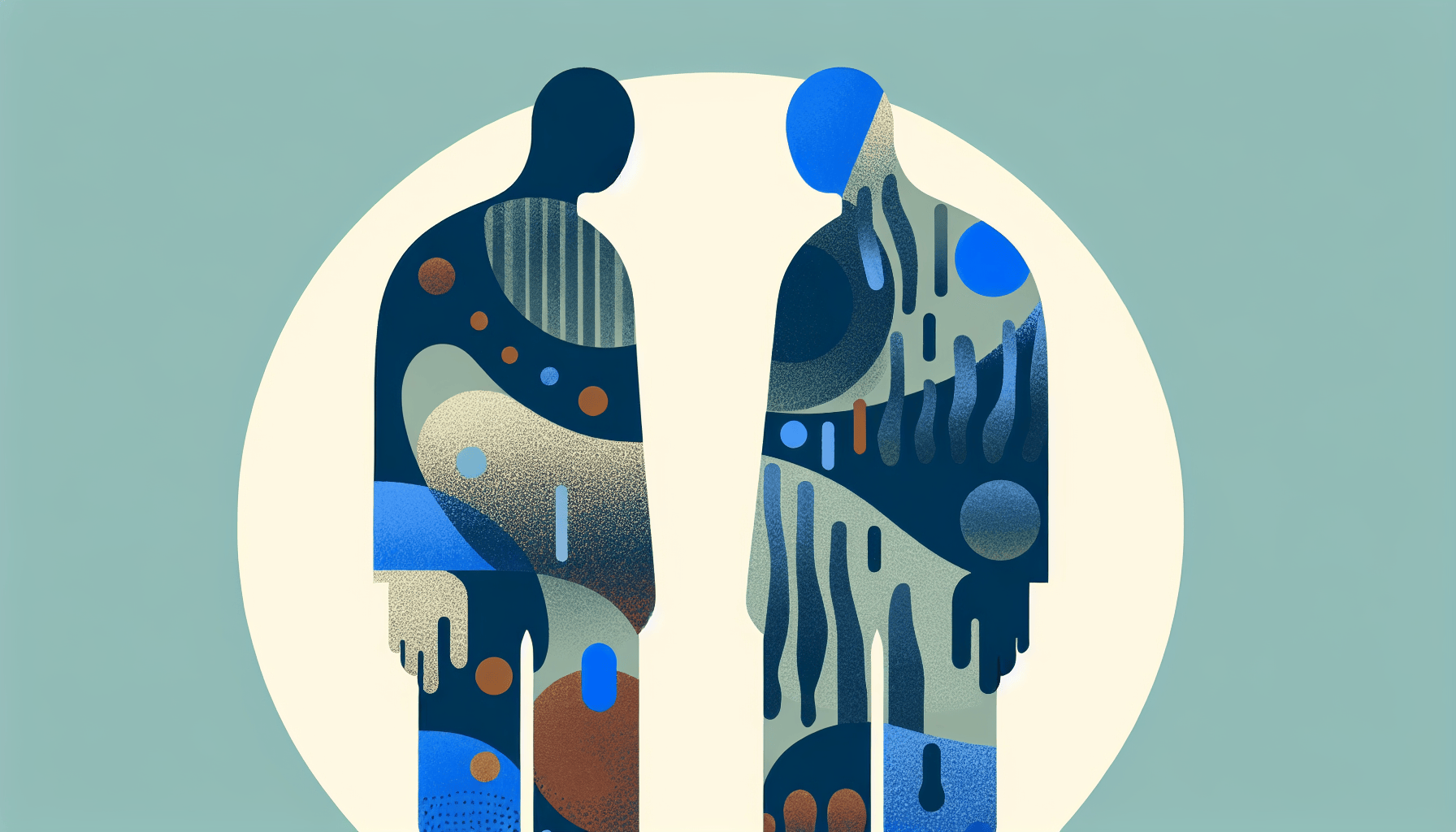Tirzepatide for Sleep Apnea - Can It Help?
Understanding Sleep Apnea and Its ChallengesSleep apnea is a common yet serious sleep disorder characterized by repeated interruptions in breathing during sleep. These pauses [...]
Read More
Medically reviewed by Abhijit Bhattacharyya | MD, PhD, MBA, Tufts University School of Medicine - Miami, Florida on December 24th, 2023.
Toes may be small, but they play a crucial role in walking, running, and maintaining balance. When your toes hurt, it can significantly impact your daily life. There are various reasons why you may experience toe pain, ranging from minor injuries to underlying medical conditions. In this article, we'll explore some common causes of toe pain, their symptoms, and available treatment options.
If one or more of your toes are crooked or curled under, you may have hammertoe, mallet toe, or claw toe. These conditions occur when the muscles, tendons, or ligaments surrounding your toe become imbalanced, causing the toes to bend in an abnormal position. Symptoms include toe pain, corns, or calluses due to the joint rubbing against the inside of your shoe.
The main cause of these conditions is wearing ill-fitting shoes, such as high heels or shoes that are too tight. Genetics, certain foot shapes, and medical conditions like arthritis and diabetes can also increase your risk.
Treatment options include stretching and strengthening exercises, wearing roomy shoes, using shoe inserts or pads, and in severe cases, surgery.
If your big toe is the source of your pain, you may have turf toe or stiff big toe (hallux rigidus). Turf toe is a sprain to the joint at the base of your big toe, causing pain, swelling, and limited movement. It often occurs in athletes who participate in sports that involve running, jumping, or dancing.
Stiff big toe, or hallux rigidus, is a type of arthritis that leads to pain and stiffness in the joint at the base of your big toe. It's more common in people between the ages of 30 and 60 and can be caused by overuse, injury, or genetic factors.
Treatment for turf toe includes the RICE method (rest, ice, compression, and elevation) and wearing a walking boot or stiff-soled shoe. For stiff big toe, anti-inflammatory medications, hot or cold packs, steroid shots, and wearing wide shoes with thick, curved soles can help alleviate symptoms. In severe cases, surgery may be necessary.

If you experience a tingling pain in your toes or the ball of your foot, you may have Morton's neuroma. This condition occurs when one of the nerves leading to your toes becomes irritated, often due to pressure from foot problems like bunions, hammertoes, or tight shoes. It's most common between the third and fourth toes and is more likely to affect females.
Treatment for Morton's neuroma includes wearing shoes with lower heels and more room for your toes, using arch supports, and in some cases, steroid shots or surgery.
Swollen, painful toes could indicate a bone injury, such as a broken toe or a bone bruise. A broken toe may result from stubbing your toe, dropping something heavy on it, or from the regular impact of activities like running or basketball (stress fracture). Symptoms include swelling, throbbing, and bruising.
A bone bruise occurs when the blood vessels in your bone are damaged, causing them to leak blood and fluid. It can happen to any bone, including your toes, and has similar symptoms to a broken toe.
Treatment for a broken toe usually involves setting the bone in place and wearing a cast, brace, or stiff-bottomed shoe. In some cases, the broken toe may be taped to the adjacent healthy toe for support. A bone bruise typically heals on its own within 1-2 months with rest, ice, and anti-inflammatory medications.
Gout is a common cause of toe pain, particularly in the big toe. It's a type of inflammatory arthritis caused by a buildup of uric acid crystals in the joint. Symptoms include pain, redness, swelling, and warmth in the affected joint.
Treatment for gout may include medications to ease pain and swelling or reduce uric acid levels, icing the affected toe, raising the joint, and drinking plenty of liquids (except alcohol). Avoiding stress can also help manage gout flare-ups.
If you experience persistent or severe toe pain, it's essential to consult with your doctor for an accurate diagnosis and appropriate treatment plan. By understanding the causes and symptoms of common toe problems, you can take steps to prevent and manage toe pain effectively.
For more information on foot and toe health, visit:
Understanding Sleep Apnea and Its ChallengesSleep apnea is a common yet serious sleep disorder characterized by repeated interruptions in breathing during sleep. These pauses [...]
Read MoreHeart attacks are often perceived as a predominantly male health issue, but the reality is that heart disease is the leading cause of death for women worldwide. Recognizing [...]
Read MoreTelehealth has transformed the way patients access healthcare, offering convenience, speed, and accessibility that traditional in-person visits often cannot match. With the [...]
Read More